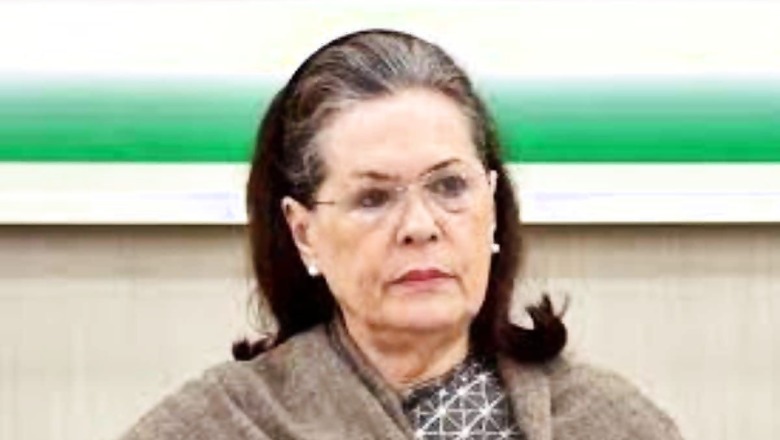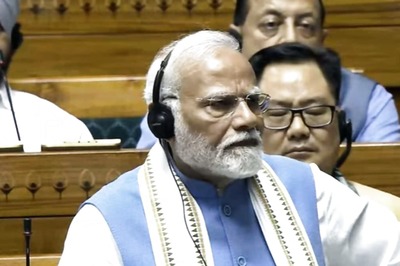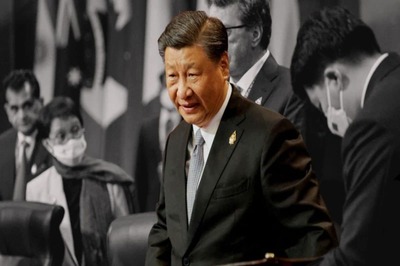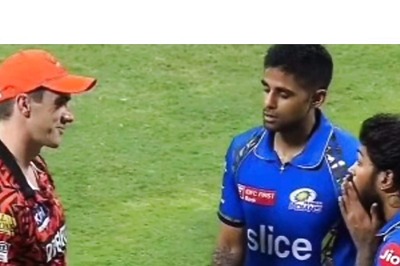
views
Madhavrao Scindia, like Sardar Vallabhbhai Patel and Pranab Mukherjee, was probably one of the best prime ministers India never had. His rise was cruelly cut short by fate – at the same time as when the Congress was on the trail of a comeback.
He died in a tragic plane crash on 30 September 2001, just eight months after the death of his mother, Vijaya Raje Scindia. But while the ailing Rajmata was in her eighties and had the satisfaction of seeing her party, the BJP, firmly on the seat of power, Madhavrao was just fifty-six, in the prime of his political life.
Less than three years later, in 2004, a Congress-led coalition would come to power at the Centre and remain at the helm for the next ten years. ‘… Madhavrao Scindia would have been Prime Minister if he had lived,’ K. Natwar Singh, eighty-nine, diplomat turned politician, insists even today. In other words, according to Singh, Madhavrao would have been Sonia Gandhi’s first choice as prime minister in the United Progressive Alliance (UPA) government instead of Dr. Manmohan Singh.
While that will always remain in the realm of conjecture, there is little doubt that within the Congress, Madhavrao was much more popular as a leader than Manmohan Singh, who is by nature a reticent man. A measure of Madhavrao’s popularity can be estimated from the fact that he would win every Congress Working Committee election he contested by a huge margin, without even being part of the ‘informal panel’ that would be formed as a quid pro quo to garner votes from delegates.
He also shared a unique understanding with Sonia Gandhi. In private conversations, Madhavrao was perhaps alone in a league of Congress leaders addressing politician Sonia on a first name basis. He would however, address her as ‘Sonia ji’ in the presence of others and at formal party forums. Sonia used to address him as Madhav and often invited him for a cup of tea or coffee at a rather short notice too. They had known each other from the time of her arrival in India and her marriage to Rajiv Gandhi in 1968.
ALSO READ | Battle Royal: How the Past Came Back to Haunt the Scindias in Madhya Pradesh Bypolls
Madhavrao was aware of the Italian-born party president’s inner conflict on opting for the ‘big chair’ of the country’s prime ministership whenever such a situation may come to pass. It was not that Sonia had discussed this hypothetical scenario with him, but political events in 1999 had given Madhavrao an insight into the matter. It was at this time that the BJP-led National Democratic Alliance (NDA) regime failed a no-confidence motion by a single vote and an attempt – an unsuccessful one–was made by the opposition to stitch together an alternative coalition. Sonia Gandhi was to be the leader of this alternative, but it was at this time that Madhavrao was able to assess that she was in search of a person who could be trusted with the prime ministership.
And Madhavrao had the credentials to aspire for the job. Apart from his own comfort level with Sonia, he had also amassed a huge following among the great Indian middle classes through his previous stints as minister for railways, civil aviation and human resource development (HRD).
This is not to say that Madhavrao was not without his detractors. M.L. Fotedar, a Nehru-Gandhi family retainer, who had served both Indira and Rajiv Gandhi as a political aide, gives his readers a glimpse of his antipathy towards Madhavrao in his autobiography, Chinar Leaves, where he claimed that a few days before her assassination on 31 October 1984, Indira had summoned him, Rajiv (who was All India Congress Committee [AICC] general secretary then) and Arun Nehru, a member of the Nehru–Gandhi family.
‘During the course of conversation regarding parliamentary elections, she categorically told her son two things he should never do in future,’ Fotedar writes, adding, ‘she said: Do not ever bring Teji’s son – Amitabh Bachchan – into electoral politics and do not induct Madhavrao Scindia in your cabinet if you ever become the prime minister.’ Fotedar, the so-called Indira loyalist, did not bother to substantiate or offer any evidence to back up his claims.
However, it seems Indira’s advice did not stop Madhavrao from becoming a minister in Rajiv Gandhi’s cabinet in 1984. As the minister of railways under Rajiv Gandhi, Madhavrao became a hero of sorts for the growing Indian middle classes by introducing fast and comfortable trains, such as the Shatabdi Express between Delhi and many state capitals, and for installing a computerized reservation system that reduced the serpentine queues at ticket counters.
Madhavrao had been in the reckoning for the top job when Rajiv Gandhi was assassinated in Sriperumbudur on 21 May 1991. There were many who, in that hour of grief, had felt that Madhavrao would carry forward the young Rajiv’s vision and legacy. The buzz around Madhavrao’s candidature as Rajiv’s possible successor led to a chain reaction. Rajesh Pilot, a former air force squadron leader, also joined the fray, projecting himself as a young leader best suited to step into Rajiv’s shoes.
But unlike Madhavrao, Arjun Singh or Sharad Pawar (others in the running), Pilot had no locus standi in terms of experience in the organization. Sonia was too shell-shocked to intervene in party wrangling and the old guard manipulated the Congress Working Committee and other decision-making bodies to bring in at the helm a rather listless Narasimha Rao, who, prior to the 1991 general election, had in fact already opted out of active politics and retired. Rao was the most unlikeliest of candidates but it was on him that the mantle of leadership would fall.
ALSO READ | Palace Intrigue Victims? Before Jitin Prasada, His Father Too Was Disillusioned with Congress & Gandhis
After Rao had officially taken over as the prime minister in June 1991, he inducted Madhavrao into his cabinet as civil aviation minister. Within a year, the accountability-conscious Madhavrao resigned, when an aircraft, leased from Uzbekistan Airways during a domestic pilots’ strike, crash-landed – thankfully without loss of life – at Delhi airport. Rao subsequently inducted him into the cabinet again in 1995 as the HRD minister, as successor to Arjun Singh, who had at that time quit the Congress to form a breakaway outfit.
Such was Madhavrao’s popularity at this time that his personal staff at Shastri Bhawan, New Delhi, would regularly receive letters and gifts such as bottles of perfume, flowers and handkerchiefs – all addressed to the ‘People’s Maharaja’. A file that documented these items was marked ‘Confidential’ and shown to the minister, who made it a point to thank every sender.
This was also the period when the ties strengthened between Madhavrao and Sonia Gandhi, who was already wary of Rao and was looking for a political role. Madhavrao went out of the way to help Sonia continue as the head of the Indira Gandhi National Centre for the Arts (IGNCA), the country’s premier and wealthiest cultural institution. It was Madhavrao’s machinations that Sonia was made life trustee of the IGNCA.
Read all the Latest News, Breaking News and Coronavirus News here.




















Comments
0 comment